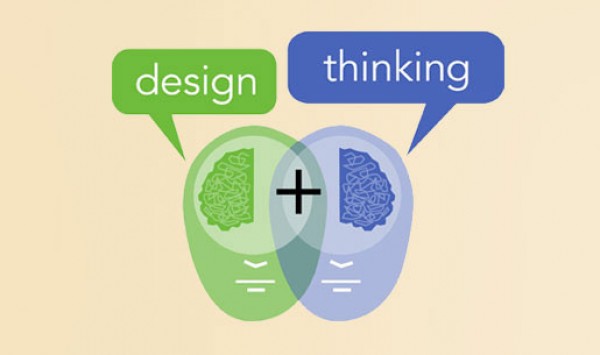Business leaders lean on terminology like “design thinking” to define and quantify the process for innovation. It doesn’t matter what you call the process, what we all desire is more creativity in the process. Creativity is elusive
What is Creativity?
Most of us don’t understand creativity, but all of us appreciate it. Marketers spend all their energy seeking creative solutions to the challenge of building enduring and successful brands. Creating innovative products and brands people can’t get enough of is an elusive reality for many businesses-yet innovation happens everyday all over the world.
Knowing that innovation is happening everywhere, and not wanting to be left behind, most enterprises want to be really good at innovation if they are to create competitive advantage in the marketplace. This is where the organizational discipline of “design thinking” comes in play. It’s a trendy term that implies a higher value method for delivering creativity and innovation. It’s jargon.
Innovation is Radical not Incremental
Radical innovation is what happens when something unexpected shows up, and it just happens to be something people where waiting for – just not asking for – like Facebook, the Swiffer, and an iPad. Every one of these innovations was not based on user needs. Radical innovation is not about function and form, but about meaning – never driven by users.
So what then is the basis for creativity within the innovation process? The answer is simple – a creative mind with the passionate desire to pursue an un-proven and perhaps un-needed idea at just the right time.
Most enterprises aren’t set up for investing and pursuing un-proven and un-needed ideas. They’re organized around risk-averse quantifiable disciplines to make profit and return value to the owners of capital invested. Managing process requires linear thinking creativity does not.
Creativity Requires the Right Dirt
Like life, creativity within organizations requires the presence of specific elements and in precise quantities. We all want more creativity. For creativity (and innovation) to thrive in organizations, the dirt has to be right. If it’s not right, then innovations coming out of the enterprise will most likely be incremental – one feature or benefit better than what the other guys are doing at a cheaper price. Flat-screen TVs come quickly to mind.
In our me-too cluttered marketplace, incremental innovation is not enough to drive much change in behavior or demand. Nor will it propose new meanings and context that’s highly valued by the marketplace. Building the ecosystems within organizations that spawn greater creativity and innovation is not something every organization will be good at. That’s why so many business leaders and consultancies embraced the idea of design thinking. It’s a way of making creativity within organizations a linear process. Business leaders love linear process and efficiency.
Jargon may make designers sound smarter, but it doesn’t enhance their creativity. Nor will it provide market leading innovation.
More Creativity within Organizations Requires the Dirt be Comprised of:
- An engaged and passionate leadership with a big vision of change
- The vision and purpose is shared amongst all stakeholders
- A healthy shared acceptance of risk playing out on the edges of what’s possible
- Talented and highly skilled people who share the vision and pursuit as their own
- Money
- Time
Take any of these essential elements away, or have them not be in the proper quantities and you can call the innovation process anything you like, but it doesn’t make creativity a force alive within your organization.
All People are Creative
Creativity is the unique expression of our most basic human nature. Everything that ever was, is now, or will ever be, is at first, a formless idea swirling in the goo of creativity inside someone’s head. There is no special club one has to be a member of to express their innate creativity. Both right and left brains are welcome and necessary.
What’s awesome about creativity is it’s such an inclusive thing. Everyone likes creativity because everyone believes they’re creative. And the good news is they’re right!
The behaviors necessary for people to be creative don’t require special knowledge – just empathy and awareness of human needs and being sensitive to the people and culture you’re immersed in.
From that experience, people will creatively develop the specific knowledge and wisdom to frame up the problem and develop the organic ability to create and enact the right solutions. I suppose you could call that design thinking if it makes you feel better. Call it whatever you want. At the end of the day, the desired element is creativity.
Not all Organizations are Creative
There are plenty of creative people designing away inside business organizations that are not driven by creativity or innovative. Every organization can’t be Apple even though they possess all the components that make Apple-type companies possible. This is what makes organizational creativity so elusive. Consequently academia (those that teach but cannot do) tries to provide the doers with fancy terms and quantifiable thinking models to make creativity and problem solving something more predictable and dependable. Seemingly, the more organizations try to mandate creativity as a core competency, the less creative and innovative they are. It’s a bit like dancing with your shoe laces tied together.
Creativity is a phenomenon not a process. Design is process, engineering is a process, and marketing is a process. CEOs who value a culture of strict process usually lead enterprises devoid of the creativity that drives radical innovations that change the world for all us.
Creativity doesn’t require terminology to help people be more creative or organizations more innovative.


